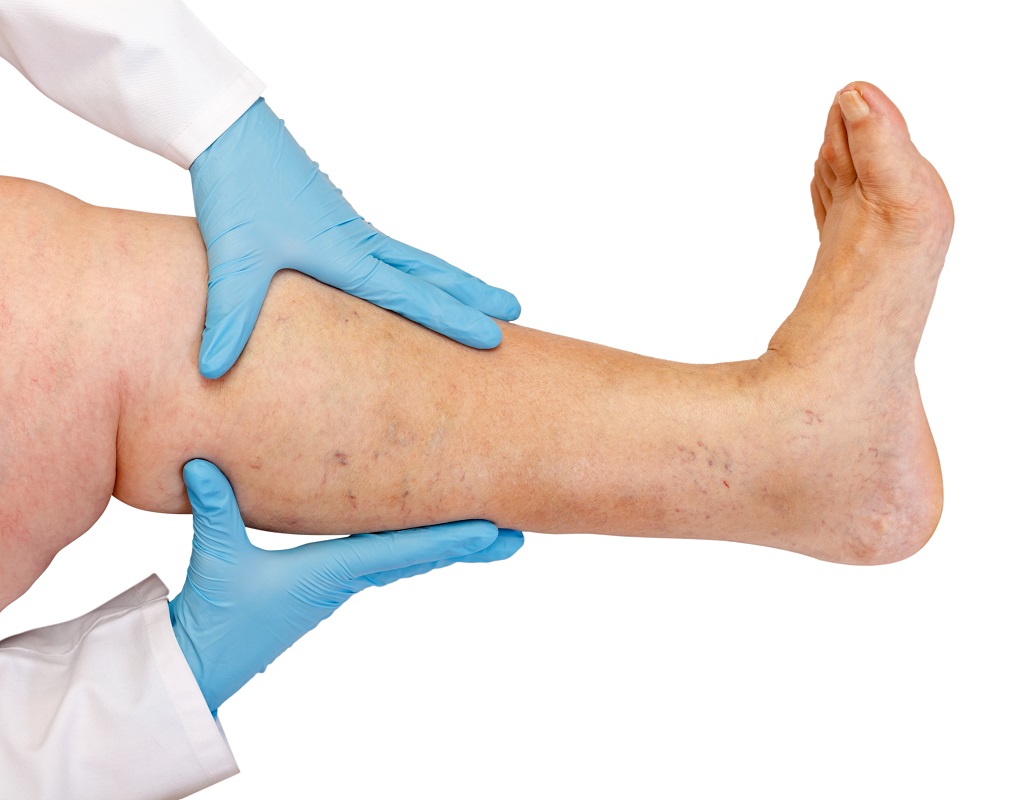- Identify the root cause by determining the type of foot and leg issue(s) present.
- To improve your overall foot and leg health, practice lifestyle habits such as reinforcing your feet and legs, using appropriate footwear, taking periodic breaks when standing for extended periods, routinely stretching, and applying ice after exercise.
- Taking preventative measures now can prevent the development of chronic pain.
- Taking good care of your feet and legs allows you to stay healthy and engaged in physical activities.
Foot and leg issues, from bunions to plantar fasciitis, can be painful and frustrating. But there are some strategies you can use to help manage these common concerns. By taking proactive steps, you can avoid dealing with chronic pain later on.
Determine the Issues
When dealing with common foot and leg concerns, it is crucial to determine the issues involved carefully. This process helps identify the root cause of the problem, enabling the proper course of action to address concerns. In addition to assessing the symptoms of discomfort, one critical aspect of evaluating these situations is checking for swollen ankles.
Swelling in the ankles is often a result of fluid accumulation or inflammation, and it may indicate a more severe underlying problem. Given this, it’s important to seek medical attention if swelling is observed promptly.
Other symptoms that may indicate an issue besides swollen ankles include pain, numbness, tingling, difficulty walking, and weak muscles. These symptoms should be promptly addressed to prevent complications and ensure the best possible treatment outcomes.
Incorporate Lifestyle Habits
Incorporating lifestyle habits is important in preventing and managing foot and leg issues. Here are some tips to keep in mind:
Strengthen Your Feet & Legs
Properly strengthening your feet and legs can be crucial in maintaining overall health and function, especially when dealing with common foot and leg concerns. The feet and legs bear the entire body’s weight, making them susceptible to weakness, fatigue, and injury. Individuals can target the muscles, tendons, and ligaments in the feet and legs by engaging in specific exercises and stretches, increasing stability, balance, and flexibility.
Additionally, strengthening these areas can improve circulation, reduce pain, and prevent future injuries. Expert guidance, such as physical therapy or instruction from a fitness professional, can be beneficial in implementing a personalized strength training program.
Wear Proper Footwear
Wearing proper footwear is crucial when dealing with common foot and leg concerns. Choosing the right shoes can alleviate discomfort, prevent injury, and improve overall foot health. Proper footwear should provide adequate support, cushioning, and flexibility to accommodate the foot’s natural movement. Shoes that are too tight or too loose can cause blisters, calluses, and even more serious foot problems.
Investing in good quality shoes specifically designed for the activity you plan to engage in is important. Whether running, hiking, or everyday wear, your shoes should be comfortable, durable, and protective. Taking care of your feet with proper footwear can prevent and alleviate common foot and leg concerns and ensure a healthy and active lifestyle.
Take Breaks When Standing for Long Periods of Time
Standing for long periods can lead to certain health concerns, specifically foot and leg pain. It’s important to take proper breaks throughout the day to combat this. Proper breaks consist of removing weight from one foot and placing it onto another, stretching out the legs by taking a short walk, or even doing a few quick exercises to promote circulation.
Incorporating these breaks into your daily routine may seem insignificant, but they can significantly affect how your feet and legs feel at the end of the day. Taking care of your feet and legs can prevent common aches and pains associated with prolonged standing, and be ready to tackle your day with ease.
Stretch Regularly

Regular stretching is crucial to maintaining overall physical health, especially the lower extremities. Proper stretching techniques can alleviate pain and prevent injury for those with common foot and leg concerns. This essential routine helps to increase flexibility and improve overall mobility in the feet and legs.
Failing to stretch regularly can cause muscles to become tight and vulnerable to injury, leading to further discomfort. Incorporating stretching into your daily routine can help keep you active and avoid potential setbacks in your overall health and well-being.
Ice Your Feet & Legs After Exercise

Knowing how to ice your feet and legs after exercise properly is crucial for athletes and fitness enthusiasts. Cold therapy can help reduce inflammation, swelling, and muscle soreness, allowing quicker recovery and preventing potential injuries. These benefits can be maximized by applying ice to the affected areas for 15-20 minutes.
It’s important to note that ice should never be applied directly to the skin, as this can cause frostbite. Instead, a thin cloth or a towel should be placed between the skin and the ice pack. Consistent use of this technique can aid in maintaining healthy and strong feet and legs for an active lifestyle.
These are just a few tips to help manage common foot and leg issues. By being proactive now, you can avoid potential issues and have a future free of pain.






